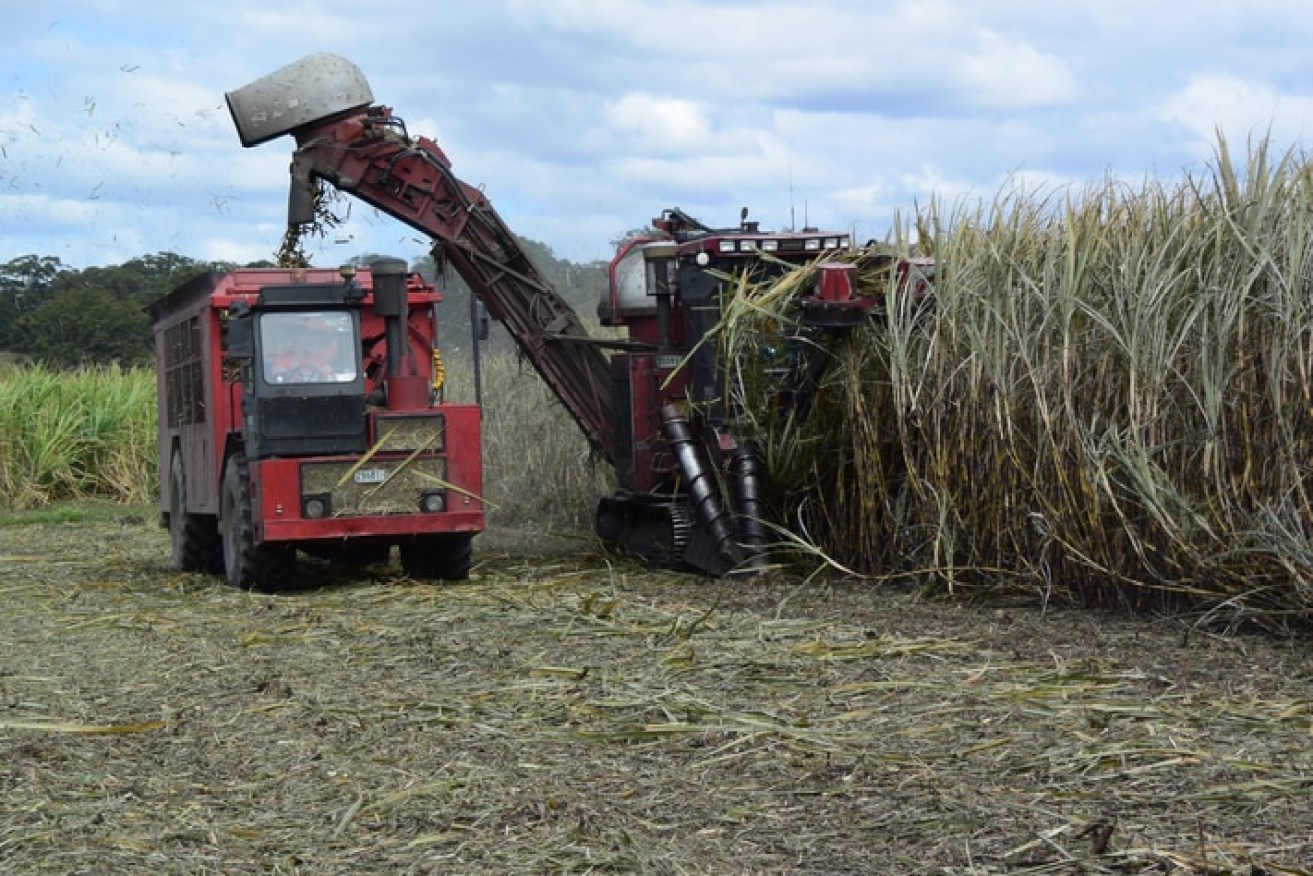Sugar rush: Cane growers in mad dash to complete harvest by Christmas
Mechanical breakdowns and weather disruptions have left four prime cane growing regions scrambling to get harvest completed while prices remain strong.


A range of issues, including weather and mechanical breakdowns, have left Queensland cane farmers battling to get their harvest done. (Photo: File image/ABC)
In anything like a normal year, most of Queensland’s cane crop would have been stripped and crushed by early December.
In a year when Covid has copped the blame for most delays, in 2021 it has been mechanical issues at two mills and the still unfolding but escalating La Nina rainy weather pattern causing interruptions to the harvest schedule.
In Mackay, still Australia’s largest sugar production zone by volume, there is somewhere between 700,000-800,000 tonnes of cane in the ground due to breakdowns at the Mackay Sugar mill earlier in the season, according to the latest industry estimates.
It is a similar story in north Queensland’s Burdekin, where the Inkerman mill, owned by Singapore’s Wilmar, has endured mechanical faults for months, causing frustrating bottlenecks for growers trying to get their crop processed.
With intense rain periods, storms and earlier cyclones forecast due to the La Nina system that’s already lashed central and southern Queensland, chances are in the balance that harvesters will be able to complete the job, risking pay-day for growers and contractors on the cusp of Christmas.
Local producer Ricky Mio, who operates as AgForce’s representative in the district, said the Inkerman Mill had struggled in previous years to achieve crushing rates of more than 90 per cent of capacity.
He said it was “high time” mill bosses engaged with producers and worked with them to prevent delays like this happening again.
“We feel there are issues with this mill that need to be resolved sooner rather than later,” he said.
“It’s important to maintain a clear and open dialogue so we can find a solution to this totally avoidable, abysmal situation.”
Wet weather is also hampering harvest in the Rocky Point district between Brisbane and the Gold Coast, while rain and transport issues have also caused delays around Maryborough and Childers.
Harvesting challenges come as growers are trying to take advantage of high prices, currently above $587 a tonne, generated by stock shortfalls on the global market.
In more good news for the industry, the federal agricultural commodity forecaster, ABARES, has found Australian sugarcane farm cash income reached an average of $190,800 in 2020-21, 91 per cent higher compared to 2013-14 when the last survey was conducted.
ABARES executive director Dr Jared Greenville said the improved financial performance was due to increased sugarcane production per farm and higher average yields.
“While a number of smaller, less profitable farms exited the industry, the remaining farms got larger and also increased their cane yields. But these changes vary across the regions,” Greenville said.
“Overall industry value remained stable over the period, contributing $1.3 billion to total agriculture gross value of production in 2020-21.”
With most of Queensland’s sugarcane produced near waterways that flow to the Great Barrier Reef, the industry is highly exposed when it comes to environmental performance.
Canegrowers CEO Dan Galligan said the ABARES report was vindication for growers who have been able to adopt new technology and adapt to new practices demanded by government regulations and community standards.
“While monthly and annual farm budgeting can be challenging in the face of increasing costs, growers should feel heartened that over the long term, the survey indicated that the industry appears to have been on an upward trajectory,” Galligan said.
“The report indicates that a key reason is higher yields in some districts coming from hard work and constantly improving the farming system so growers should feel proud of their efforts.”
He said the average farm size in the sugarcane industry had also increased since the last survey eight years ago.
“While some people may have retired out of the industry, farm consolidation has kept much of the land in cane production because growers have invested in expanding their businesses,” he said.
“The report also helpfully identifies what a valuable and consistent contributor the sugarcane industry is to the economy of Australia and Queensland in particular – at $1.3 billion gross value of production per year.”








